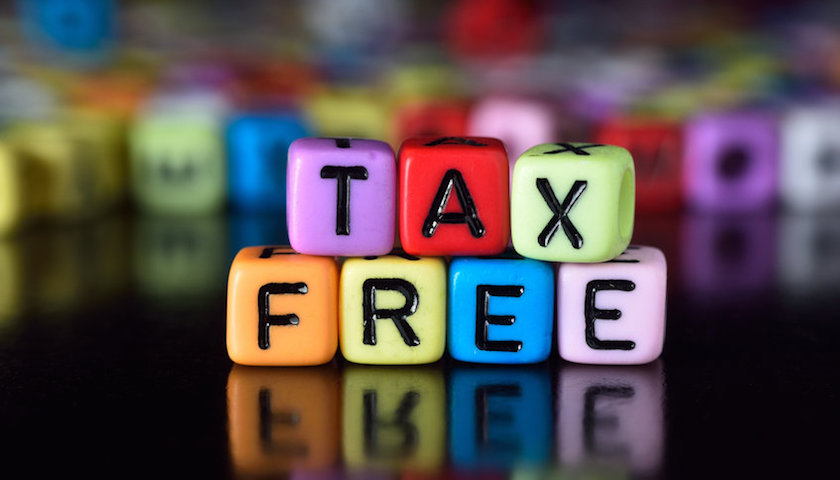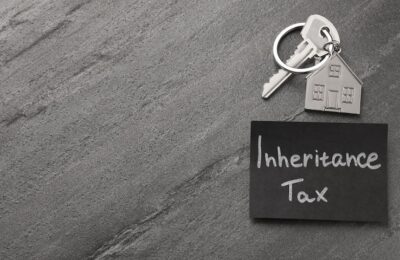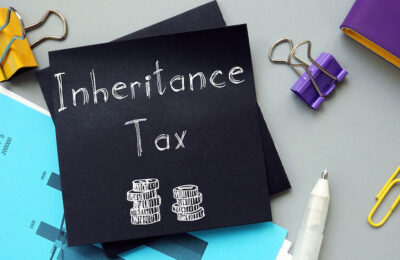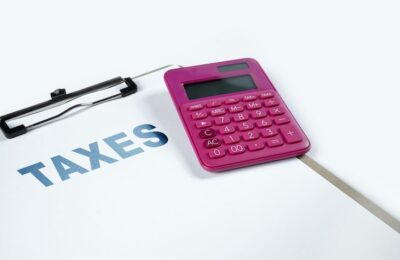Back in Spring 2022, the then chancellor announced a freeze on the personal allowance for Income Tax. This was accompanied by an increase in the National Insurance threshold, with the aim of bringing it into line with the tax free personal allowance. At a time when the cost of living is increasing rapidly, we thought it would be helpful to create this quick guide to tax-free allowances for 2024-25.
Personal tax-free allowance
The tax-free allowance for Income Tax is remaining at £12,570 until April 2028. If your annual income is below this amount, you won’t pay any Income Tax at all.
It’s worth noting that not everyone qualifies for the personal allowance. If your adjusted net income is over £100,000, your tax-free allowance goes down by £1 for every £2 over that sum. Therefore, anyone earning £125,140 or more will not qualify for any of the allowance.
National Insurance thresholds
Recent changes now mean that you don’t have to pay Class 2 NICs until you make £12,570 profit. Similarly, you don’t have to pay Class 4 NICs until you make a profit of £12,570 in this tax year as the thresholds have now finally been fully aligned with the tax free personal allowance.
Marriage allowance
It’s surprising how many couples don’t make use of the marriage allowance for Income Tax. This allows you to transfer up to £1,260 of your personal allowance to your spouse. This can be useful, especially if one partner is a higher-rate taxpayer. In such instances, the allowance essentially raises the threshold at which the higher earner pays higher-rate Income Tax.
Find out how to claim marriage allowance without getting ripped off.
Dividend Income
You can now have tax-free dividend income of up to £500. If you are a basic-rate taxpayer, you pay 8.75% over this amount. Higher-rate taxpayers pay 33.75% and additional-rate taxpayers pay £39.35%. If you have dividend income over £500, but your whole income is below your tax free personal allowance, then you won’t pay any tax on it.
Rent-a-room Scheme
If you rent out a room in your main residence to a lodger, you can earn tax-free rent up to £7,500. This is thanks to the government’s Rent-a-Room Scheme. Two things are worth noting, however. Firstly, if you share the income with someone else (e.g. your spouse), then you each get tax-free allowances of £3,750. Secondly, if you don’t otherwise have to complete a Self-Assessment Tax Return, you don’t need to complete one for income under these amounts.
Driveway rental
On a similar note, if you rent out your driveway, you can earn up to £1,000 tax-free. If you earn more than this, you need to tell HMRC. MoneySavingExpert has a good guide to renting out your driveway.
Tax-free allowance for CGT
Individuals now have a tax-free Capital Gains Tax allowance of £3,000. We cover CGT in a lot more detail in our Capital Gains Tax Guide.
Tax-free allowances for savings
You can put £20,000 in an ISA each year and any interest or gains on investments are tax-free. If you’re aged between 18 and 39, you can also put up to £4,000 per year into a lifetime ISA up to age 50 but bear in mind that this forms part of your £20,000 annual ISA allowance. If you do, the government will also top up your savings by 25% – a potential annual gain of £1,000. However, to hang on to this bonus you can only put your savings towards the cost of your first home or access them when you reach retirement age.
If you have a relatively low income, you also don’t have to pay interest on savings interest under £5,000. If your combined income is over your personal allowance for Income Tax, then every extra pound you earn reduces your £5,000 starting rate for savings by £1. Effectively, this means you lose the starting rate once you earn over £17,570. You can find out more about how this works on the Gov.uk website.
In addition, taxpayers receive a personal savings allowance of £1000 for basic rate taxpayers reducing to £500 for those subject to the higher rate of tax.
Want to learn more about tax-free allowances?
We hope you’ve found this brief guide to tax-free allowances helpful. If you’d like to learn more about ways of reducing your tax bill, get in touch with one of our tax planning experts today. They’d be delighted to help you.
About Jon Pryse-Jones
Since joining THP in 1978, Jon Pryse-Jones has been hands on with every area of the business. Now specialising in strategy, business planning, and marketing, Jon remains at the forefront of the growth and development at THP.
An ideas man, Jon enjoys getting the most out of all situations, “I act as a catalyst for creative people and encourage them to think outside the box,” he says, “and I’m not afraid of being confrontational. It often leads to a better result for THP and its clients.”
Jon’s appreciation for THP extends to his fellow team members and the board. “They really know how to run a successful business,” he says. He’s keen on IT and systems development as critical to success, and he continues to guide THP to be at the cutting edge and effective.
Read More











